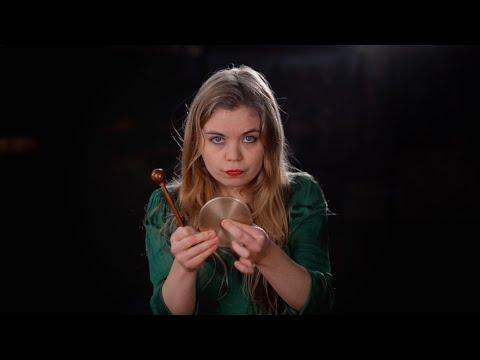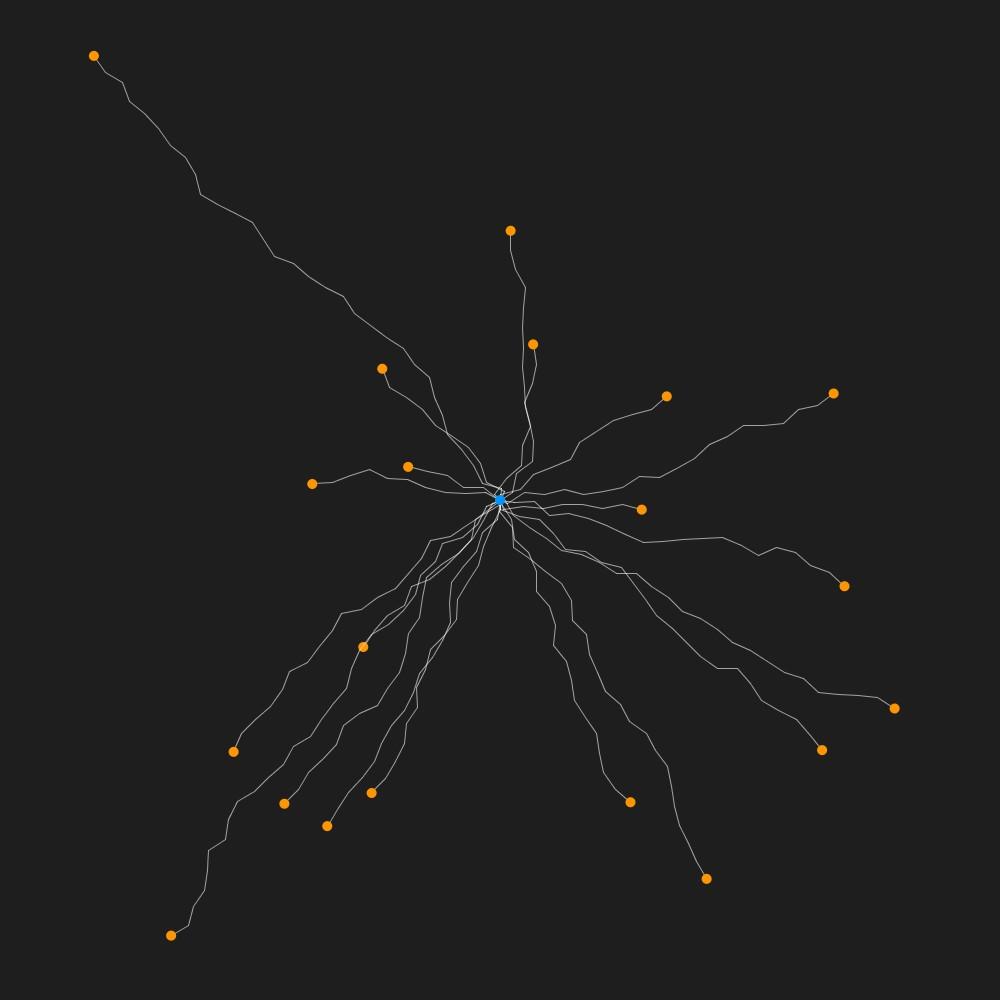syn·site
in Johanna Flato's terms: an ever-evolving conceptual constellation, an entangled situating crystallized from a myriad of fragmented realities. Simultaneity and singularities dance in a swirling waltz of intertwined moments and spaces, each adding to the cacophony and harmony of this complex site. A syn-site is a living, breathing tapestry of the world, constantly rewriting its own narrative, always open to edits, always challenging what we have come to accept as static or fixed. It is a manifestation of a world that is anything but singular or isolated — it is a world that is complex, interwoven, and infinitely entangled.
in Johanna Flato's terms: an ever-evolving conceptual constellation, an entangled situating crystallized from a myriad of fragmented realities. Simultaneity and singularities dance in a swirling waltz of intertwined moments and spaces, each adding to the cacophony and harmony of this complex site. A syn-site is a living, breathing tapestry of the world, constantly rewriting its own narrative, always open to edits, always challenging what we have come to accept as static or fixed. It is a manifestation of a world that is anything but singular or isolated — it is a world that is complex, interwoven, and infinitely entangled.
SYN (along with, at the same time | from Greek SYN, with | ~SYNTHETIC) + SITE (N: point of event, occupied space, internet address; V: to place in position | from Latin SITUS, location, idleness, forgetfulness | ~WEBSITE ¬cite ¬sight), cf. SITE/NON-SITE (from Robert Smithson, A PROVISIONAL THEORY OF NONSITES, 1968)
Exclamation points survive as tokens of the disjunction between idea and realization in that period, and their impotent evocation redeems them in memory: a desperate written gesture that yearns in vain to transcend language.
Exclamation points survive as tokens of the disjunction between idea and realization in that period, and their impotent evocation redeems them in memory: a desperate written gesture that yearns in vain to transcend language.
Exclamation points survive as tokens of the disjunction between idea and realization in that period, and their impotent evocation redeems them in memory: a desperate written gesture that yearns in vain to transcend language.



The matador is gored, the real jumps out and punctures the screen or strip of film, destroying it. . . . The challenge isn’t to depict this real realistically, or even ‘well’, but to approach it in the full knowledge that, like some roving black hole, it represents (though that’s not the right word anymore) the point at which the writing’s entire project crumples and implodes.
The matador is gored, the real jumps out and punctures the screen or strip of film, destroying it. . . . The challenge isn’t to depict this real realistically, or even ‘well’, but to approach it in the full knowledge that, like some roving black hole, it represents (though that’s not the right word anymore) the point at which the writing’s entire project crumples and implodes.
The matador is gored, the real jumps out and punctures the screen or strip of film, destroying it. . . . The challenge isn’t to depict this real realistically, or even ‘well’, but to approach it in the full knowledge that, like some roving black hole, it represents (though that’s not the right word anymore) the point at which the writing’s entire project crumples and implodes.



we are no longer in the age of gaining information, we are in the age of connecting knowledge.
we are no longer in the age of gaining information, we are in the age of connecting knowledge.
we are no longer in the age of gaining information, we are in the age of connecting knowledge.












one continuous self, two sides of a vivacious equation looped together in a continual narrative of daily living and human existence. The glitch splits the difference; it is a plank that passes between the two.
one continuous self, two sides of a vivacious equation looped together in a continual narrative of daily living and human existence. The glitch splits the difference; it is a plank that passes between the two.
one continuous self, two sides of a vivacious equation looped together in a continual narrative of daily living and human existence. The glitch splits the difference; it is a plank that passes between the two.


